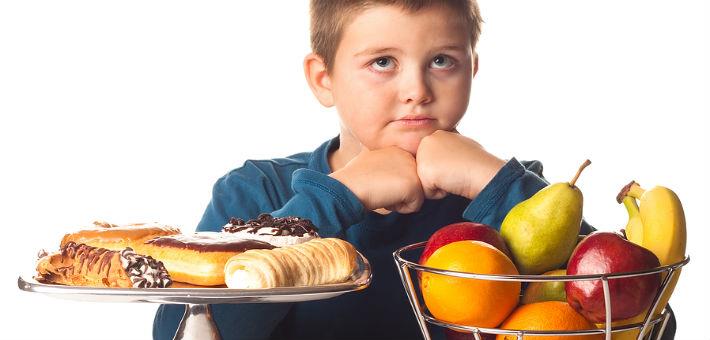
Food Branding Influences The Diets of Kids… But Not All of Them
Three studies in Physiology & Behavior by an international research team show that food branding affects kids’ unhealthy and healthy eating habits. But the researchers also report important additional insights. It appears that food brands especially impress overweight kids. One study also shows that brand characters placed on fruit and vegetable packaging may improve the diet of kids who are at risk for obesity.
Take aways
- Popular food brands stimulate children’s eating of foods.
- Especially overweight children are impressed by food brands. They eat more branded foods and are more fascinated by food brands.
- Brand characters on fruit and vegetable packaging may improve the diet of kids who are at risk of obesity.
- Implications for social policy:
- Compared to larger scale policy measures, the use of marketing techniques to promote a healthy diet has several advantages:
- can be implemented on a small scale basis
- can be implemented directly to the kids by parents or at school
- can be implemented immediatel
- Compared to larger scale policy measures, the use of marketing techniques to promote a healthy diet has several advantages:
Study information
The question?
Study 1 and 2: Does food branding affect children’s eating of healthy and unhealthy foods, and how does this differ for normal weight and overweight children, and girls and boys?
Study 3: Can brand characters be used to promote fruit and vegetable consumption?
Who?
Study 1: 43 4-6-year olds
Study 2: 41 7-9-year-olds
Study 3: 16 families with 4-5-year olds at risk of obesity
Where?
New York, United States
How?
The article reports three experiments. In the first, children received meals with commonly advertised foods (Lunheables®, Trix Yoghurt®, Oreos® , that were either branded or not. In the second study children received a fastfood meal that was either branded or non branded. In addition, the researchers showed children pictures of foods and food brands and assessed how much the children were fascinated by the brands. In the third study, children at risk of overweight received packages of fruit and vegetables during 7 weeks. One group of children received packages with popular cartoon characters and collectible stickers, while the other received plain packages without characters and stickers. In all studies, the researchers assessed children’s actual eating behavior.
Facts and findings
Study 1:
- Only overweight children ate more food when the food was branded
Study 2:
- all children ate more of the fastfood meal when a wellknown fastfood brand was visible
- the impact of fast food brands was stronger for girls than boys
- overweight children were more fascinated with pictures of the food brands
Study 3:
- At the end of the seven-week treatment, children who received the fruit and vegetable packages with characters and stickers, ate three more servings of fruit and vegetables per day than at the start of the study.
- Children who received the plain packages did not eat more fruit and vegetables.
- Critical note: due to logistic problems, the third study investigated only 16 children. Conclusions should therefore be interpreted with caution.